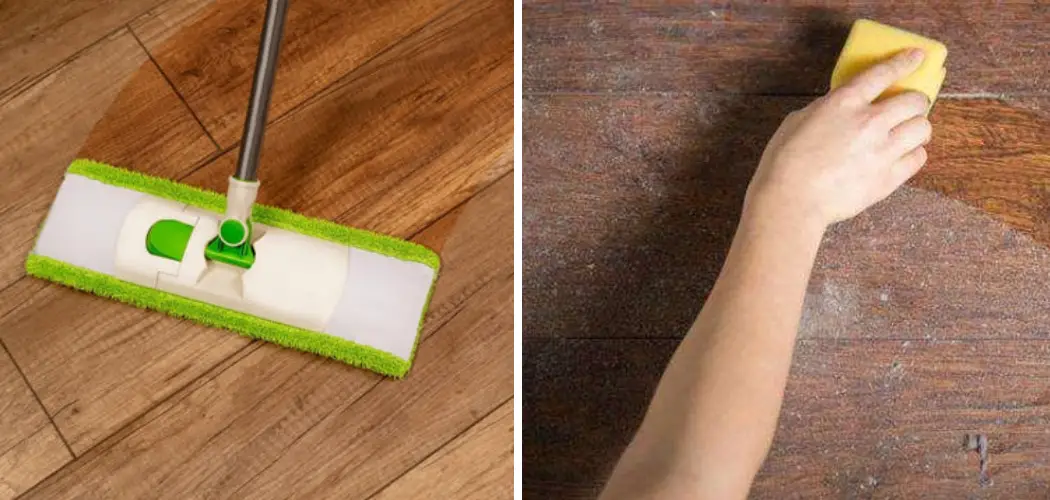Untreated wood floors are a beautiful and timeless addition to homes. They can add warmth, character, and style to any room but require special care to keep them looking their best. Regular cleaning and maintenance are essential for keeping untreated wood floors in great condition. Proper cleaning will help to remove dirt, dust, and other debris that can scratch the surface and cause damage over time.
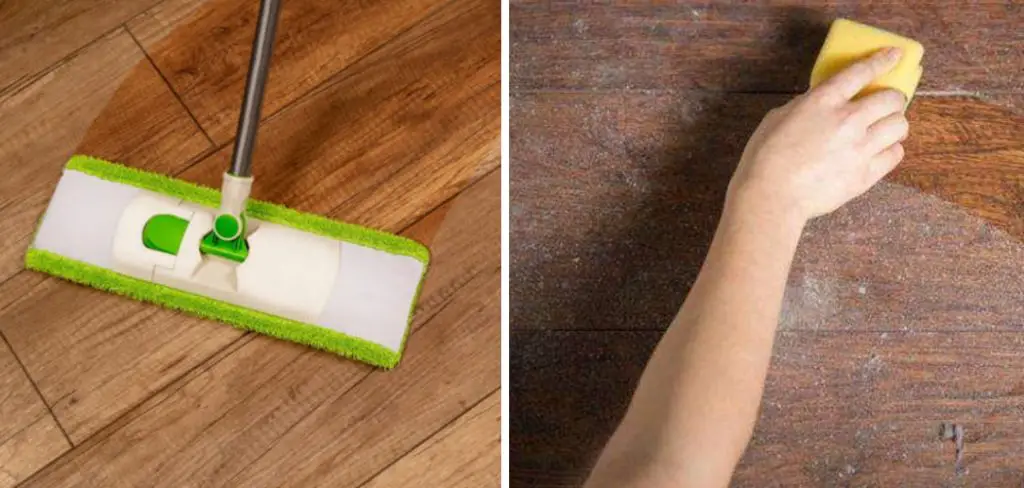
The advantage of cleaning untreated wood floors is that it protects the surface from damage caused by dirt, dust, and other contaminants. It also helps to preserve the natural beauty of the wood for years to come. Additionally, regular cleaning can help keep allergens at bay and reduce wear and tear on your flooring. Lastly, cleaning with natural products can help provide healthier indoor air quality. In this blog post, You will learn in detail how to clean untreated wood floors.
Cause of Dirt and Grime on Untreated Wood
- Dust and Debris: Dust, dirt, pet hair, and other small particles can easily become embedded on untreated wood flooring. Vacuuming regularly can help prevent the buildup of these elements over time.
- Foot Traffic: Foot traffic is one of the biggest culprits for dirt and grime buildup on untreated wood floors. Dirt, oils, and other substances will be left behind on the surface of the floor with every step taken.
- Slippery Substances: Spills or leakage from furniture or appliances can lead to an accumulation of slippery substances, such as waxes and oils, that are hard to remove without proper cleaning techniques.
- Sunlight: Prolonged exposure to sunlight can cause fading and discoloration of untreated wood floors.
- Water: Excess moisture from flooding or plumbing problems can cause damage to untreated wood flooring, leading to warping of the boards and discoloration.
- Insects: Infestations from termites or other insects can cause damage to untreated wood floors. Inspecting for and treating any infestations as soon as possible is important to prevent further damage.
Cleaning untreated wood floors regularly is essential to maintaining a beautiful, healthy surface.
Step-by-Step Processes for How to Clean Untreated Wood Floors
Step 1: Inspect the Floor
Before you start cleaning, inspect your untreated wood floor for any cracks, scratches, scuffs, or other damage. If any of these are present, repair them before proceeding to protect the integrity of your untreated wood floor.
Step 2: Vacuum the Floor
A thorough vacuum will help remove dirt and debris from between planks and in all crevices of your untreated wood floor. Use an attachment that is designed for hardwood floors to avoid scratching the surface as you vacuum.
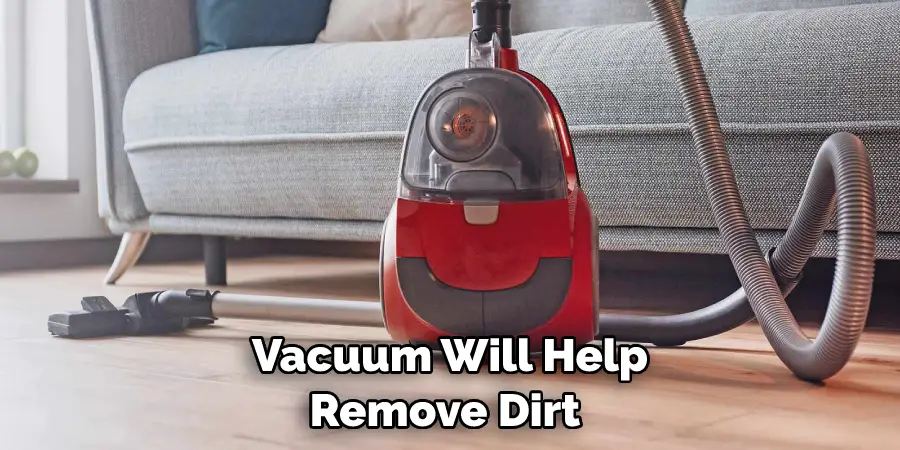
Step 3: Treat Tough Stains
If there are any tough stains on your untreated wood floor, mix together a solution of 2 tablespoons of white vinegar with 1 gallon of warm water. Use a mop to apply the mixture to the stain, scrubbing gently until it is removed. For regular cleaning of your untreated wood floor, dilute 1/4 cup of white vinegar with 1 gallon of warm water. Mop the floor with this solution, frequently rinsing and wringing out the mop.
Step 4: Remove Excess Moisture
Wipe away any excess moisture on the floor with a dry, clean cloth to avoid damage or warping of your untreated wood floor. To help speed up drying time, set up fans in the room to circulate air. Once the floor is dry, you can apply a layer of wax to help protect your untreated wood floor and give it an attractive shine.
Step 5: Buff the Floor With a Soft Cloth
Use a soft cloth to buff out any wax residue and create a beautiful luster on your untreated wood floor. Make sure to mop and wax your floor regularly to keep it clean and looking its best. If any areas of the floor become damaged or scratched, repair them as soon as possible to prevent further damage and potential warping.
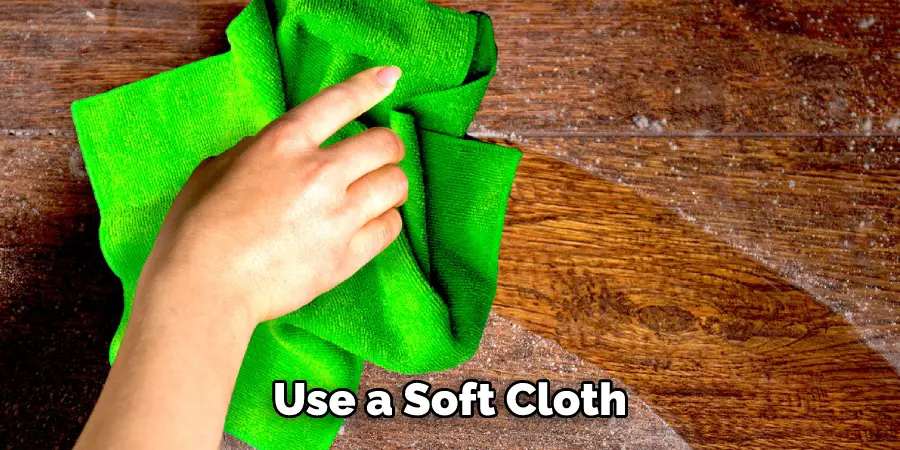
Follow the steps above each time you clean your untreated wood floor to ensure it looks its best for years to come.
Tips for How to Clean Untreated Wood Floors
- Before you begin, make sure that the wood floor is not waxed or sealed in any way. Wax and sealant can be difficult to remove and may cause damage to the wood if you try to clean it with a wet mop.
- When mopping your wood floors, use an approved cleaning solution specifically designed for untreated wood floors. Avoid using any cleaning chemicals that may damage the wood, such as bleach or ammonia.
- Vacuum your wood floor before mopping it to remove dirt and debris that could scratch the wood if agitated with a wet mop.
- Use a damp mop when cleaning untreated wood floors; never use an excessively wet mop, as this can damage the wood.
- Use a soft cloth to clean any stubborn spots on your untreated wood floors that won’t come up with a damp mop.
- Dry your untreated wood floor with a dry, soft cloth after mopping it; never allow water to remain standing on the floor for too long, or it could cause damage.
- When finished cleaning, take the time to inspect and touch up any areas that may have been scratched or damaged during the cleaning process. Ensure all scratches are smoothed over and sealed properly with a quality wood sealant for untreated wood floors.
Following these tips when cleaning your untreated wood floor will ensure that it is properly maintained and kept looking beautiful for years to come.
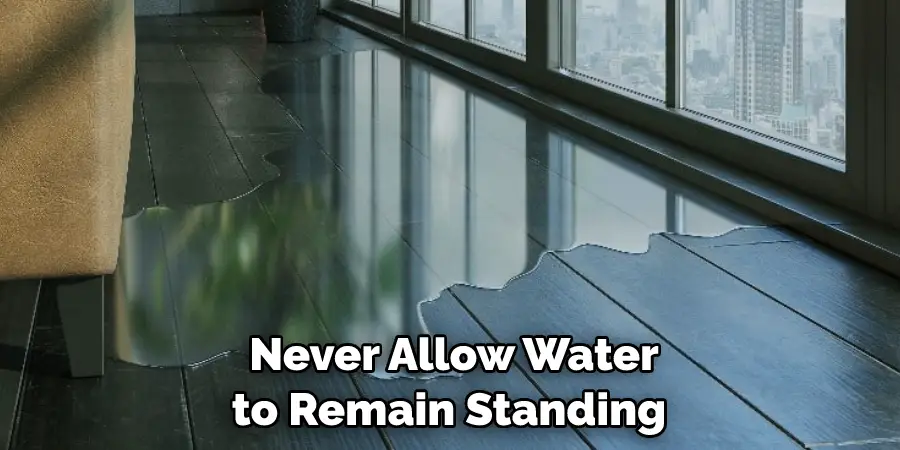
Importance of How to Clean Untreated Wood Floors
- Protects Your Flooring: Cleaning untreated wood floors helps you protect the integrity of your flooring from dirt, dust, and other debris that can damage the surface over time.
- Maintains Natural Look: Regular cleaning helps maintain the original look of untreated wood floors for longer periods of time. This includes keeping the wood looking shiny and free of scuffs.
- Increases Floor Longevity: Regularly cleaning your untreated wood floors can help increase their longevity, which is especially beneficial if you plan on keeping them for a long time.
- Keeps Your Home Healthy: Proper floor cleaning will also help keep your home healthy by reducing allergens, bacteria, and dirt from sticking to the surface.
- Improves Air Quality: Cleaning your untreated wood floors can help improve air quality in your home by removing dust particles that could otherwise be circulating in the air.
- Enhances Natural Beauty: Regularly cleaning your untreated wood floors will enhance their natural beauty, making your home look great. With the right cleaning techniques and products, you can keep your floors looking like new for years to come.
By cleaning your untreated wood floors properly, you can enjoy their beauty and longevity for many years to come.
What is the Best Way to Clean Untreated Wood Floors?
Cleaning untreated wood floors is a delicate process that should be done with care and attention. While many commercial products are available, they can sometimes cause damage to the floor if not used properly. To ensure you do no harm while cleaning your untreated wood floors, here are some tips on how to clean them safely and effectively. Firstly, it’s important to use the right type of cleaning tools and supplies.
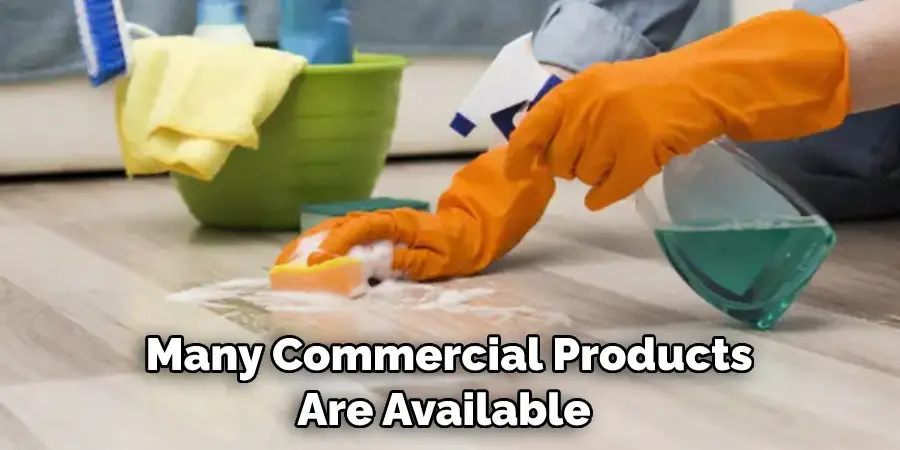
Avoid any abrasive cleaners, as these can damage the wood. Instead, pick up a soft broom and dustpan or an electrostatic mop for sweeping away dirt and debris. For mopping, dampen a soft rag with warm water and a few drops of mild dish soap and use this to clean the floor.
It’s also important to avoid using too much water on your untreated wood floors, as this can cause moisture to seep into the wood and cause damage. You can use a steam cleaner set on low for tougher spots or stains if necessary.
How Often Should Untreated Wood Floors Be Cleaned?
When it comes to how often you should clean untreated wood floors, the most important factor is foot traffic. High-traffic areas will require more frequent cleaning than low-traffic areas. In general, you should clean your untreated wood floors at least every two weeks. If your home has a lot of people passing through or pets that shed, then cutting down to once a week is recommended.
When cleaning, it’s important to use the right tools and techniques for the job. Vacuuming should be done on all untreated wood floors at least twice a week in order to remove dirt, dust, and pet hair.
Use a soft-bristled head attachment with an adjustable height setting so you don’t damage the wood. Make sure to empty your vacuum cleaner often so it can effectively remove dirt and debris from your floor. In addition to vacuuming, you should also sweep or mop your untreated wood floors at least once a week.
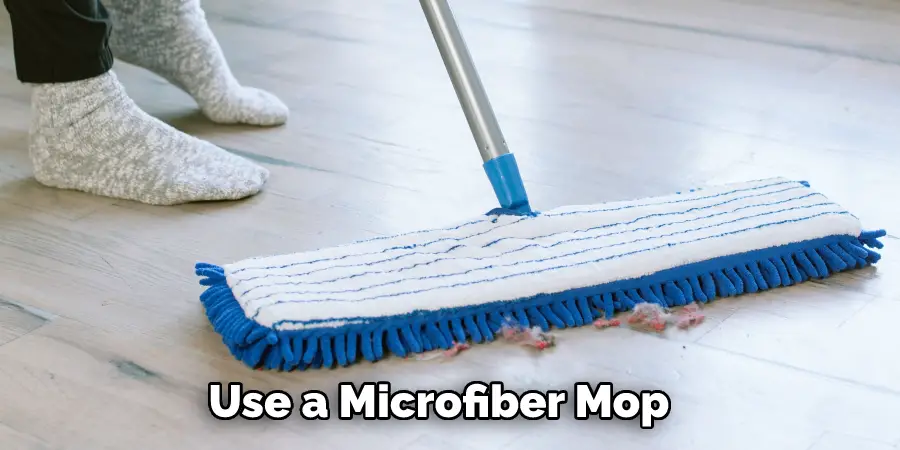
Use a microfiber mop with a gentle detergent solution to lift away dirt and grime. Avoid using harsh, abrasive chemicals and detergents, as they can damage the wood’s surface. After mopping, dry your floors with a clean cloth to prevent water from seeping into the cracks between planks.
How Can You Protect Your Untreated Wood Floors From Future Damage?
Once you have cleaned your untreated wood floors, protecting them from future damage is important. Start by using a doormat at the entrance of any room with untreated wood floors. This will trap dirt and debris before they can scratch your floor. You should also use area rugs or carpets in high-traffic areas to help protect your wood floors.
When moving furniture across the floor, avoid dragging it as this can cause scratches in the wood. Instead, carefully lift and place each piece of furniture. If you need to slide furniture around, use a plywood base or a rolling dolly for support.
You should also keep your pet’s nails trimmed to prevent scratching. Additionally, put felt pads under furniture legs to help protect the floor from scratches and dents. It is also important to regularly dust your untreated wood floors with a soft microfiber cloth or mop. This will remove dirt and debris that might otherwise scratch the wood.
What is the Best Way to Remove Scratches and Dents From Untreated Wood Floors?
The best method for removing scratches and dents from untreated wood floors is to use fine-grit sandpaper. Start by lightly sanding the area and working your way up in grit until the scratch or dent is removed.
Depending on the severity of the damage, it may take several rounds of sanding before all remnants of it have been removed. Once you have achieved the desired result, use a vacuum and a soft brush to remove all dust particles left from sanding and then wipe the area with a damp cloth to remove any remaining debris further.
Finally, apply a paste wax or furniture polish to protect your floor from future damage. Be sure to keep your untreated wood floors clean, as dirt and debris can also cause scratches or dents. Regularly wiping your floors with a mop and light soap solution will help ensure they remain in good condition long-term.
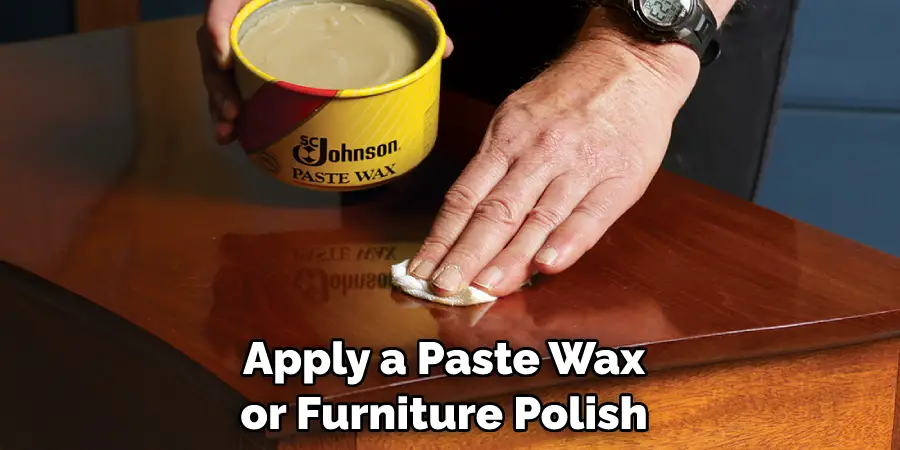
Conclusion
The main disadvantage of cleaning untreated wood floors is that they are more susceptible to water damage and wear. This means that it is important to ensure adequate protection when cleaning, such as using a damp mop rather than a wet mop and avoiding standing water on the floor.
In conclusion, cleaning and caring for untreated wood floors is a simple process. It requires basic maintenance such as sweeping regularly, removing dirt and debris with a damp mop or cloth, using the right cleaner for the type of finish on your floor, and waxing/oiling when needed.
With proper care and attention, your untreated wood floor can last for years to come and provide a beautiful, natural look for your home. I hope this article has been beneficial in learning how to clean untreated wood floors. Make Sure the precautionary measures are followed chronologically.

